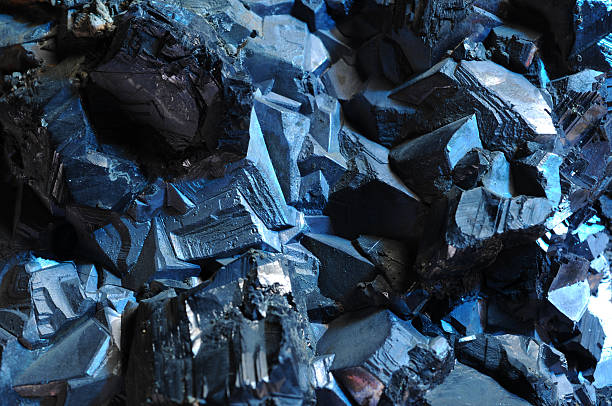Cobalt

Cobalt has both beneficial and harmful effects on human health. Safe Home offers a few kits that provide drinking water testing kit for cobalt in city or well water supplies.
Parameter Type: Drinking Water Testing for Volatiles
Parameter Name: Cobalt
What it is and Where it Comes From:
Cobalt is a chemical element with the symbol Co and atomic number 27. Like nickel, cobalt is found in the Earth’s crust only in a chemically combined form, save for small deposits found in alloys of natural meteoric iron. The free element, produced by reductive smelting, is a hard, lustrous, silver-gray metal. Drinking water testing gives you several benefits like peace of mind, identifying contaminants in your water, and insight into health concerns. Safe Home offers Laboratory drinking water testing kits for cobalt, allowing you to collect your water sample and ship it directly to our EPA-Certified Laboratory. This platform of drinking water testing for cobalt will give you an accurate level based on the lowest level of a parameter our instruments can detect (Method Detection Level). Safe Home drinking water testing for metals can be used for city and well water supplies. Drinking water testing should be done any time you notice a significant change in your water quality.
Health Effects:
Cobalt has both beneficial and harmful effects on human health. Cobalt is beneficial for humans because it is part of vitamin B12, which is essential to maintain human health. Cobalt has also been used as a treatment for anemia (less than normal number of red blood cells), including in pregnant women, because it causes red blood cells to be produced. Cobalt increases red blood cell production in healthy people, but only at very-high exposure levels. When too much cobalt is taken into your body, however, harmful health effects can occur. Cobalt can accumulate to toxic levels in the liver, kidney, pancreas, and heart, as well as the skeleton and skeletal muscle. Cobalt has been found to produce tumors in animals and is likely a human carcinogen as well.
Solutions to Contaminant Levels:
After drinking water testing, what are my treatment options? Cobalt ions can be removed from drinking water by ion-exchange method. Ion exchange is a water treatment process commonly used for water softening or demineralization, but it also is used to remove other substances from the water in processes such as de alkalization, deionization, denitrification, and disinfection. Ion exchange describes a specific chemical process in which unwanted dissolved ions in water and wastewater like nitrate, fluoride, sulfate, and arsenic are exchanged for other ions with a similar charge. Ions are atoms or molecules containing a total number of electrons that are not equal to the total number of protons. There are two different groups of ions positively charged cations and negatively charged anions. This attraction is used to remove dissolved ionic contaminants from water. The exchange process occurs between a solid (resin or a zeolite) and a liquid (water). In the process, the less desired compounds are swapped for those that are considered more desirable. These desirable ions are loaded onto the resin material. These resins can be used alone or in concert to remove ionic contaminants from water. In the exchange of cations during water treatment, positively charged ions that meet the ion exchange resin are exchanged with positively charged ions available on the resin surface, usually sodium. In the anion exchange process, negatively charged ions are exchanged with negatively charged ions on the resin surface, usually chloride. Various contaminants including nitrate, fluoride, sulfate, and arsenic can all be removed by anion exchange. Compared to other technologies, including continuous electrode ionization (CEDI), chromatography, ultrafiltration, and biological treatments, ion exchange is particularly suitable when trying to remove a specific low concentration pollutant, for example, removing boron from well water. Who do I need to contact to find out more information about water quality in my area? Every community water supplier must provide an annual report to its customers, known as a Consumer Confidence Report (CCR). The report provides information on your local drinking water quality, including the water’s source, contaminants found in the water, and how consumers can get involved in protecting drinking water. How often does the local public water system preform drinking water testing? Frequency of drinking water testing depends on the number of people served, the type of water source, and types of contaminants. Certain contaminants are tested more frequently than others, as established by the Safe Drinking Water Act. You can find out about levels of regulated contaminants in your treated water for the previous calendar year in your annual Consumer Confidence Report (CCR).


